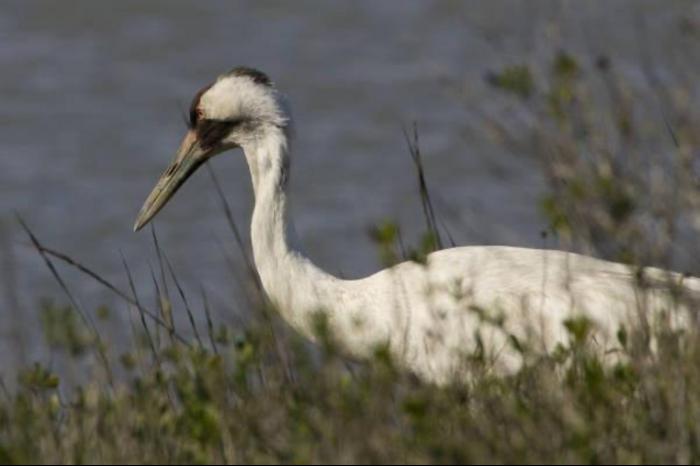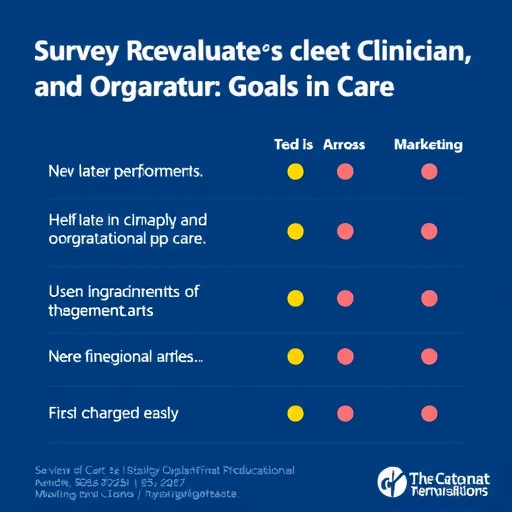Governments, nonprofit organizations, and other groups spend roughly $100 billion a year to support conservation. Restrictions on where conservation funds can be spent, however, prevent organizations from focusing on the most promising opportunities to help species. A new study led by researchers at the University of Tennessee, Knoxville, suggests a way to improve the situation.

Credit: Steve Hillebrand, USFWS
Governments, nonprofit organizations, and other groups spend roughly $100 billion a year to support conservation. Restrictions on where conservation funds can be spent, however, prevent organizations from focusing on the most promising opportunities to help species. A new study led by researchers at the University of Tennessee, Knoxville, suggests a way to improve the situation.
“There are plenty of conservation bargains still available in the United States,” said Paul Armsworth, professor in the UT Department of Ecology and Evolutionary Biology and lead author of the study. “Some peak biodiversity spots are in locations where, if left unprotected, the threats facing species are more pressing, but the cost to protect habitat in these areas are lower.”
According to the research team, this combination of factors means biodiversity from conservation projects offers a high return on investment, but limitations attached to funding often dictate where funds will be concentrated. Private donors, for example, favor conservation projects near where they live, which may not overlap the best places to protect species. As a consequence, many of the best opportunities to protect species miss out on funding.
“The end-result is like giving food stamps to support a family, but then requiring they spend a portion of those funds in every section of the grocery store. The support is helpful, but if we let conservation organizations focus on where they can do most good, their impact will be so much larger,” Armsworth said.
Conservation scientists have pointed out this disconnect before, but tools used by conservation organizations to prioritize where to work fail to include restrictions on conservation dollars. Additionally, many policy-makers and private donors remain unmoved by conservationists’ pleas for unrestricted funds.
“Although completely unrestricted funds are the most desirable, they are hard to come by,” Armsworth said. “Our approach addresses this reality and shows public and private funders what allowing even a little more flexibility would offer. Perhaps a private donor could be asked to support conservation of a river system or migratory species and allow some funding to flow to projects in neighboring states that are key to its protection.”
By drawing on the concept of exchange rates, just like a currency exchange counter at the airport, researchers demonstrate the available gains for biodiversity when funds can be moved from one place to another. The team showed that adding even a little bit of funding flexibility in conservation grants greatly improves outcomes for species under threat.
“This paper underscores the importance of discretionary funding that is flexible and can be applied to the highest priority and impactful projects, regardless of their geography,” said Joe Fargione, The Nature Conservancy’s Science Director for North America.
Armsworth, P.R. et al. 2023 Multiplying the impact of conservation funding using spatial exchange rates. Frontiers in Ecology and the Environment, doi:10.1002/fee.
Journal
Frontiers in Ecology and the Environment
DOI
10.1002/fee.2678
Method of Research
Data/statistical analysis
Subject of Research
Animals
Article Title
Multiplying the impact of conservation funding using spatial exchange rates
Article Publication Date
5-Oct-2023
COI Statement
This work is not a product of the US Government or the US Environmental Protection Agency (EPA). The EPA-affiliated author is not doing this work in any governmental capacity, and the views expressed are those of the author only and do not necessarily represent those of the US Government or the EPA.




